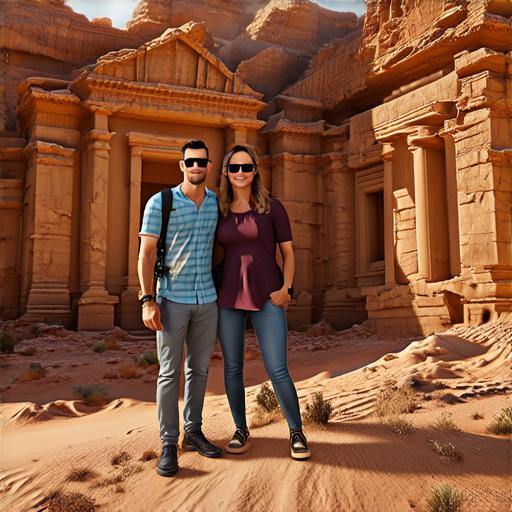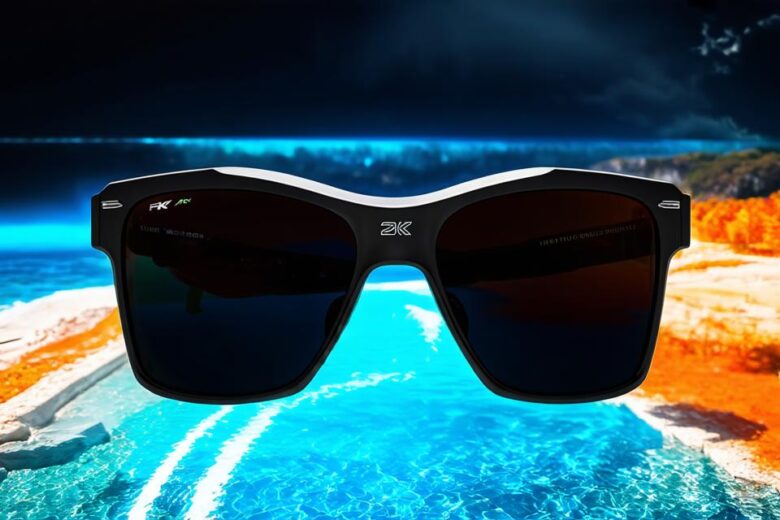Augmented reality (AR) technology has been rapidly gaining traction in recent years. From gaming to retail, AR is transforming the way we interact with digital content and the world around us.
One industry that is particularly well-suited for AR technology is tourism. With its focus on immersive experiences, augmented reality can help make tours more engaging, informative, and memorable for visitors.
The Benefits of Augmented Reality in Tourism
Enhanced Visitor Experience
AR technology can help create a more immersive experience for tourists. With AR, visitors can interact with digital content overlaid on the real world, allowing them to see and experience things in a whole new way. For example, an AR app could provide a walking tour of a city, with additional information about each location displayed on the user’s device screen.

Improved Engagement
AR technology can help increase visitor engagement by providing interactive and engaging experiences that keep visitors engaged for longer periods. By offering unique and memorable experiences, tourists are more likely to return to a destination and recommend it to others.
Increased Accessibility
AR technology can also help make tours more accessible to those with disabilities or mobility issues. For example, an AR app could provide audio descriptions of landmarks or visual cues for those with low vision.
Enhanced Learning and Education
AR technology can be used to create interactive educational experiences that are both fun and informative. By using digital content overlaid on the real world, tourists can learn more about a destination and its history in a way that is engaging and immersive.
Real-Life Examples of AR in Tourism
Disneyland’s Magic Key Pass
Disneyland’s Magic Key Pass app is an excellent example of how AR technology can be used to enhance the visitor experience. The app allows visitors to unlock exclusive content, such as hidden Mickey’s and special offers, using their smartphones. This not only adds an extra layer of magic to the Disney experience but also encourages visitors to stay engaged with the app throughout their visit.
Ikea Place App
Ikea’s Place app is another example of how AR technology can be used in tourism. The app allows users to visualize how furniture and decor would look in their home using augmented reality. This not only helps visitors make more informed purchasing decisions but also creates an interactive and engaging experience that encourages them to spend more time in the store.
Lufthansa’s AR Flight Simulator
Lufthansa’s AR flight simulator is a great example of how AR technology can be used to provide an educational and immersive experience for tourists. The app allows users to experience what it’s like to fly in an airplane using augmented reality, providing a unique and memorable experience that is both fun and informative.
The Future of Augmented Reality in Tourism
The future of AR technology in tourism is bright. As the technology continues to advance, we can expect to see even more innovative uses of AR in the tourism industry. Some experts predict that by 2030, most hotels and resorts will offer AR-enhanced experiences for their guests.
